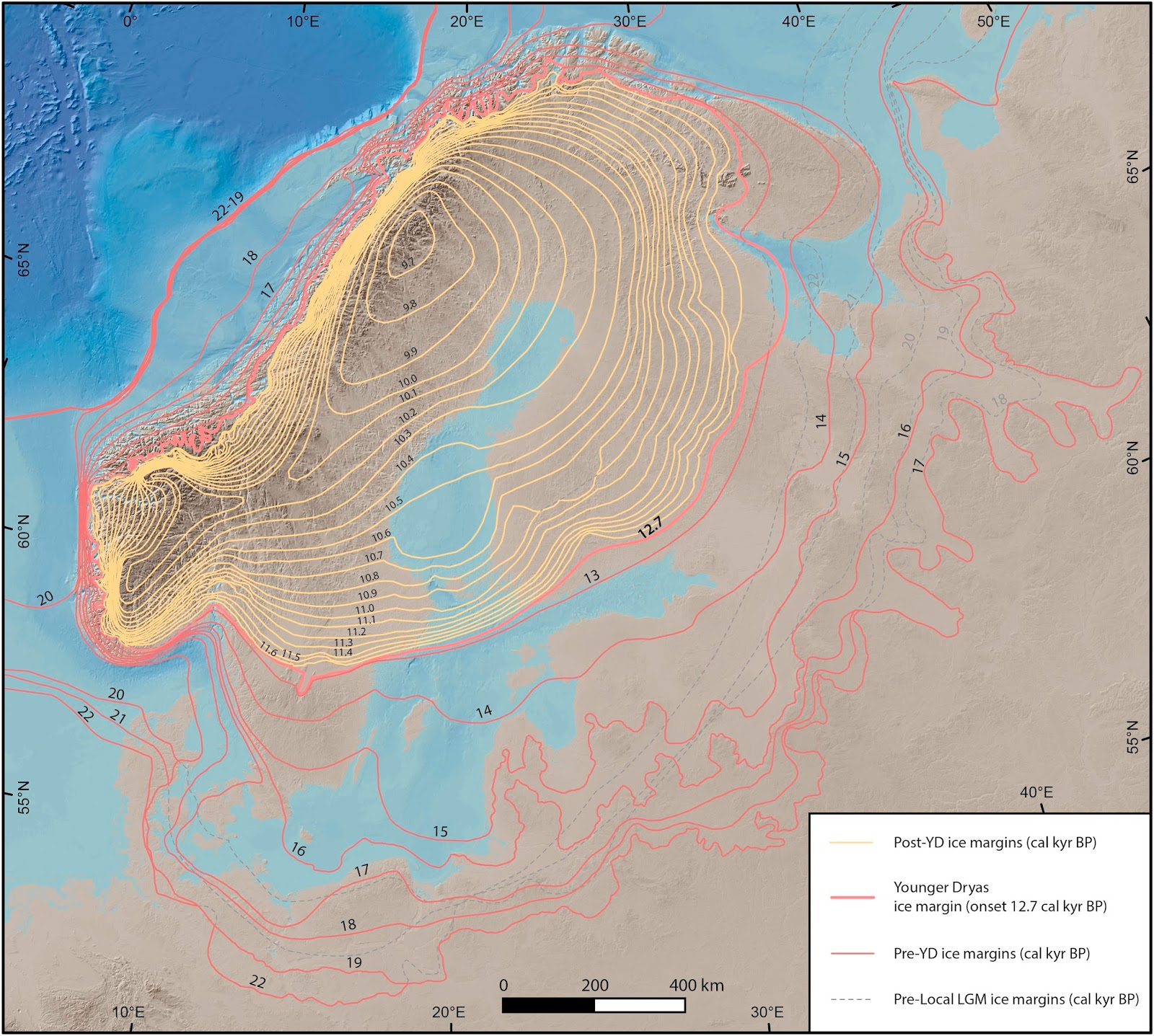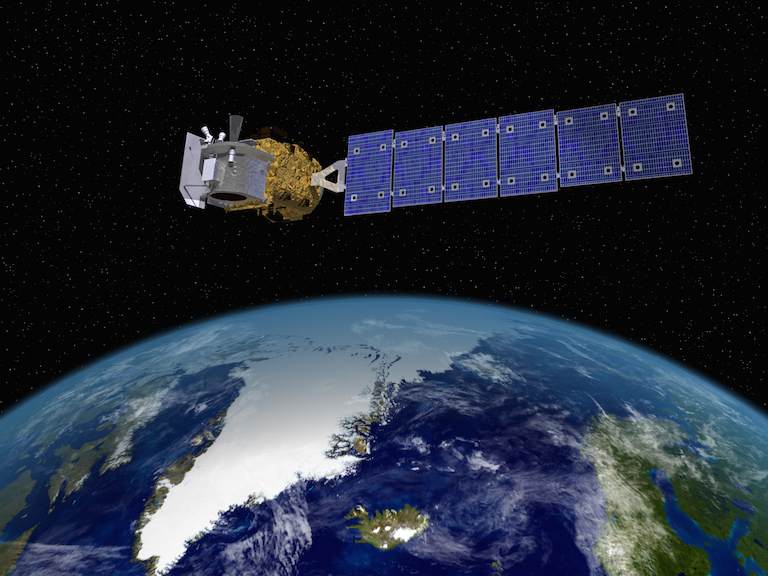


(2017): Response to Filchner-Ronne Ice Shelf cavity warming in a coupled ocean-ice model. On the other hand, the shape of the ice shelf cavity, the position of the grounding line and the amount of melted fresh water have a crucial impact on the circulation of the ocean water underneath the ice shelf. They affect the shelf ice thickness and thus the position of the groundling line, which has a great impact on the dynamics of the adjacent grounded ice sheet, its mass balance and thus the global sea level. Consequently, the temperature and the circulation of the ocean water in the ice shelf cavity determine the basal ice melt rates. Ice shelves are in direct contact with the ocean water at their lower surface. (2017): Comparison of hybrid schemes for the combination of Shallow Approximations in numerical simultions of the Antarctic Ice Sheet. It has been widely adopted as a tool for doing science since 2011 and features extensible atmospheric/ocean coupling, hybrid shallow stress balance, marine ice sheet physics, polythermal energy conservation, subglacial hydrology and till model and parallel simulations using MPI and PETSc.īernales, J., Rogozhina, I., Greve, R., Thomas, M. PISM (Parallel Ice Sheet Model) is open source and capable of high resolution. It can be used to simulate both small-scaled glaciers and continental ice sheets.
Ice sheet afloat full#
RIMBAY is a modular multi-approximation thermomechanical ice sheet / shelf model featuring shallow shelf and shallow ice approximations, hybrid shallow stress balance as well as higher order schemes for ice velocity calculation, full 3d grounding line migration schemes, subglacial hydrology, various ocean and atmosphere coupling interfaces. It has been developed continuously since 1997 and applied to problems of past, present and future glaciation of Greenland, Antarctica, the entire northern hemisphere, the polar ice caps of the planet Mars and others.
Ice sheet afloat code#
SICOPOLIS (SImulation COde for POLythermal Ice Sheets) is a 3d dynamic/thermodynamic model that simulates the evolution of large ice sheets and ice caps. In comparison, only a vanishing low portion is contributed by ice melting at the base of grounded ice and by surface melting (only at the Antarctic Peninsula). Second, the floating ice shelves loose mass at their base by melting due to the ocean heat flux. There, the mass loss is dominated by two processes in approximately equal shares: First, mass is lost by calving of glaciers and ice shelves where ice breaks off and forms icebergs. They transport large amounts of ice at velocities of up to several hundred meters per year towards the coast or are feeding into adjacent ice shelves. At the ice sheet margins, the ice flow is dominated by several fast flowing ice streams. The flow follows the ice sheet surface gradient and reaches surface velocities in the order of meters per year in the inner regions of the ice sheet. The ice flow from the interior of the AIS towards its margins is caused by gravity and is the combined result of creep flow and basal sliding. The Antarctic ice sheet gains mass by surface snow accumulation which over time compacts to ice. They have the potential to alter the global sea level by several meters under the influence of climate changes within the next centuries. Moreover, the components of the cryosphere store large amounts of water whereas nowadays about 99% of the global ice volume is concentrated in the ice sheets of the polar regions, in Greenland and in Antarctica. A change in extent of these areas directly affects the surface temperature of the Earth. In particular, the high albedo of snow-covered areas has a large impact on the radiation balance. It influences moisture fluxes, precipitation, hydrology, atmospheric and oceanic circulation. The cryosphere is linked to its environment by many processes. Elements of the cryosphere are found at all latitudes and encompass glaciers, ice caps and ice sheets as well as lake and river ice, sea ice, snow cover and frozen ground. The cryosphere is an important part of the global climate system and comprises those portions of the Earth’s surface where water is in its solid form, frozen into ice or snow. Data, Products, Services GFZ Publications.Transfer and Innovation Sustainability at GFZ Central Workshop.
Ice sheet afloat archive#
Education and Training Events Archive Earth System Knowledge Platform.Collection of geoscientific experiments.


 0 kommentar(er)
0 kommentar(er)
